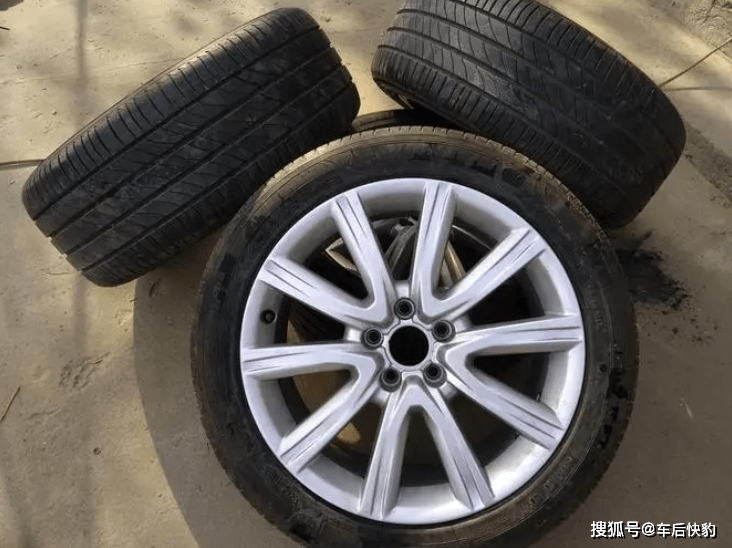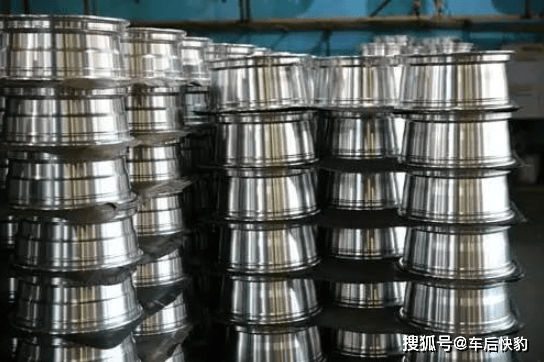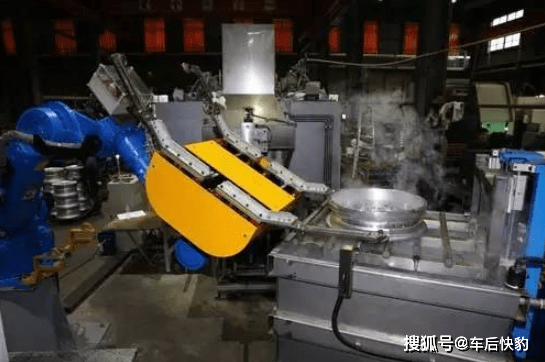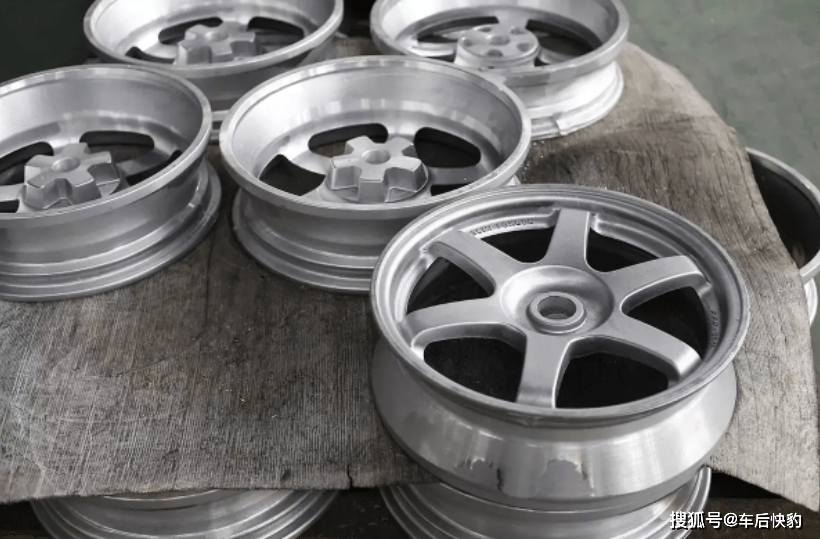For car enthusiasts who are passionate about modifications, wheel modification is definitely not unfamiliar. Wheel modification is often the first component to be upgraded when getting into the modification scene.
However, the majority of people cannot explain the specific differences between forging and casting. In fact, due to the different production and processing methods of casting and forging, their characteristics are completely different.

rim monoblock (4)
What is Forged Wheels?
Forging is a manufacturing process that uses forging machinery to apply pressure to metal billets, causing them to undergo plastic deformation and obtain forged parts with certain mechanical properties, shapes, and sizes. Forged wheels can be divided into one-piece forged wheels and multi-piece forged wheels, which have differences in technology and structure.
One-Piece Wheels
One-piece wheels are wheels where the entire wheel is a single unit. There are two forging processes: shaping forging and milling forging.
Shaping forging means that the wheel is already shaped after forging, while milling forging involves purchasing pre-forged wheel blanks and then machining them into the desired wheel shape using CNC machining centers. The quality of both processes is similar, but they require different capabilities from the manufacturers.
Compared to multi-piece wheels, one-piece wheels are lighter, allowing for maximum weight reduction. They have better dynamic balance, higher reliability, and no risk of air leakage, but their design options are relatively limited.
Multi-Piece Wheels
Multi-piece forged wheels can be divided into two-piece and three-piece wheels. The most obvious difference from one-piece forged wheels is the structural distinction. Two-piece forged wheels consist of a wheel rim and a wheel disc, while three-piece forged wheels have a wheel rim composed of two parts: front and rear. Therefore, three-piece wheels consist of front piece, rear piece, and wheel disc. The wheel disc of multi-piece forged wheels connects to the wheel rim.
Currently, there are mainly two methods of connection: dedicated bolts/nuts or welding. As the wheel rim of three-piece wheels consists of front and rear parts, sealing is required after assembly to ensure air tightness. The wheel rim of multi-piece wheels can be shared, allowing for the replacement of the center disc only for changing the design. They can be matched with different sizes of spokes and wheel rims, resulting in more design options. However, they are heavier, have poorer dynamic balance compared to one-piece wheels, and have higher assembly requirements.

rim monoblock (2)
What are Cast Wheels?
Cast wheels are cost-effective wheels. Currently, there are three methods of manufacturing cast wheels: gravity casting, low-pressure casting, and cast flow forming, and the differences in wheel properties vary under different casting techniques.
- Gravity Casting: Gravity casting involves pouring liquid aluminum alloy into a mold and allowing it to cool and solidify. This method has lower production efficiency. It is more suitable for the aftermarket modification market, which requires refinement, rapid sales, and has been used for a long time.
- Low-Pressure Casting: Low-pressure casting is a casting method that uses gas pressure to press liquid metal into a mold and allows the casting to crystallize and solidify under a certain pressure. This method allows the liquid metal to quickly fill the mold, and the pressure is not too strong, so it can improve the metal density without introducing air, resulting in a 30% higher density compared to gravity casting without pressure. Low-pressure casting has high production efficiency, high product qualification rate, good mechanical properties of castings, high aluminum liquid utilization rate, and is suitable for large-scale production.
- Low-Pressure Casting + Flow Forming: In response to the trend of lightweight wheels, low-pressure casting combined with wheel rim hot flow forming (cast flow forming) is a relatively safe and economically applicable processing method in wheel manufacturing. Low-pressure casting meets the requirements of appearance, and the wheel rim undergoes hot flow forming, resulting in obvious fiber flow lines in the structure, significantly improving the overall strength and corrosion resistance of the wheels. Due to its high material strength, lightweight product, small molecular gaps, it has received positive feedback in the market.

rim monoblock (1)
Differences between Forging and Casting
-
Transformation of Object Form:
Casting refers to the process of melting solid metal into a liquid state, then pouring the shapeless metal liquid into a mold to obtain objects with different shapes (solid-liquid-solid).
Forging is the process of transforming one solid shape into another. It involves changing the shape of a solid object into another shape at high temperatures (solid-solid).
-
Emphasis:
Casting is the process of pouring molten metal into a mold to obtain castings. Casting focuses on the metal melting process and the control of the casting process. Forging is a plastic forming process in the solid state, including hot working and cold working. Processes such as extrusion, drawing, upsetting, and punching are all considered forging.
-
Forming Speed:
Casting is a one-step process where the molten metal fills the mold cavity and cools to form the finished part. The cooling

rim monoblock (13)
process can be relatively slow.
Forging is a multi-step process that involves shaping the metal through the application of pressure. The metal is heated to a high temperature and then subjected to mechanical force to deform it into the desired shape. The forming speed in forging is generally faster compared to casting.
-
Material Properties:
Forged wheels generally have better mechanical properties compared to cast wheels. The forging process aligns the grain structure of the metal, resulting in improved strength, durability, and fatigue resistance. Forged wheels are known for their high strength-to-weight ratio, which allows for lightweight designs without compromising structural integrity.
Cast wheels, on the other hand, have a more random grain structure due to the solidification process of molten metal in the mold. This can result in less consistent mechanical properties and lower strength compared to forged wheels. However, advancements in casting techniques, such as low-pressure casting and cast flow forming, have improved the mechanical properties of cast wheels to some extent.
-
Design Flexibility:
Forging generally offers less design flexibility compared to casting. The forging process limits the complexity of shapes that can be achieved, especially for one-piece forged wheels. Multi-piece forged wheels provide more design options by allowing different combinations of wheel rims and discs.
Casting allows for greater freedom in design, as the molten metal can easily take the shape of the mold, allowing for intricate and complex designs. Cast wheels can be produced in a wide range of sizes, styles, and finishes to suit various vehicle applications and personal preferences.
Konklusjon
In summary, forging and casting are two different manufacturing processes for producing wheels with distinct characteristics. Forged wheels are known for their high strength, lightweight design, and superior mechanical properties. They are often preferred by performance-oriented enthusiasts. On the other hand, cast wheels are more cost-effective, offer greater design flexibility, and have improved in terms of mechanical properties with advancements in casting techniques. The choice between forging and casting depends on factors such as performance requirements, budget, design preferences, and intended use of the wheels.
